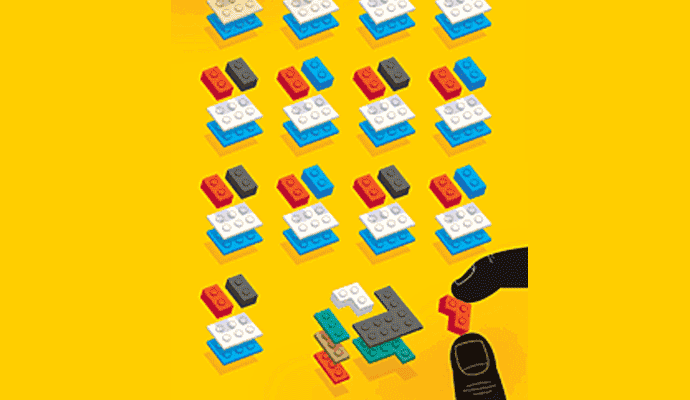Why It doesn’t always pay to be decisive about making decisions
Waiting to make a choice can lead to more effective outcomes.
Banal bromides are my pet peeve. They all sound like the wisdom of the ages, until you think about them for a few seconds and discover they don’t make any sense at all. Consider this one, which popped up in my LinkedIn feed the other day: “The best time to make a decision is before you have to.”
This is nonsensical, if not downright dangerous. Why would you make a decision before you have to?
For starters, if you wait, you may find that you don’t need to make the decision at all. I once worked closely with a leader whom I admired and respected, except for what I thought was a bad habit of dithering with decision requests. He wouldn’t offer rulings on even simple matters. It took me a while to realize that the decisions he sidestepped resolved themselves — either something changed that eliminated the need for the decision or it was made in a collegial way by the people directly involved. It was less a bad habit than a refusal to micromanage.
Let’s assume that eventually you will have to make an important decision, though. If you make it before you have to, you’re betting that nothing is going to change before the time comes to act on it. Given the speed of change these days, what are the odds of collecting on that bet?
If you make a decision before you have to, you’re betting that nothing is going to change before the time comes to act on it.
If, as is likely, conditions do evolve, you’ll need to reconsider your decision. That means at least some wasted work. But worse, it opens you up to a cognitive heuristic that psychologists Daniel Kahneman and Amos Tversky named “anchoring-and-adjustment.” They found that when people have an anchor in mind — a numerical estimate, for instance — and then receive new information that requires rethinking it, the adjusted estimate tends to hew too closely to the anchor. In other words, if you make a decision before you have to, and then the conditions on which it was based change, you probably will not make the proper adjustments. The result: a suboptimal decision.
What should you do instead?
Thirty years ago, in their book Decision Traps, which is dedicated to Tversky and Kahneman, professors J. Edward Russo and Paul J. H. Schoemaker answered this question; the key was avoiding what they labeled “Decision Trap Number 1: Plunging In.”
Before you take up a decision, they wrote, “you should make choices about the decision process itself — choices that are likely to determine the character of the whole effort. We call these choices the ‘metadecision.’” The authors went on to list a series of questions that typified a fully considered decision process. And guess what? Many of them have to do with timing, including:
- Must this decision be made at all?
- Does it need to be made now?
- How much time have decisions like this one taken in the past?
- How long should this decision take?
- When should it be made?
- Are the deadlines arbitrary or real?
- How much time should I expect to spend on each phase of the decision process?
Consideration of the metadecision, which Russo and Schoemaker said might take a few minutes or a few hours, belies the myth of the fast-thinking, decision-slinging leader. But it is, in fact, critical to sound decision making. “Often the excellence or sloppiness in decision making is established in the metadecision that takes place, usually without the decision maker even knowing it,” they wrote.
The dictates of timing a decision vary widely. If you are making a strategic decision and are far enough ahead of the market, like Netflix when it begin its shift to streaming video in 2007, you may have the luxury of years. In fact, you may have to slow your decision making more than you’d like to avoid outrunning the market. In 2011, when Netflix split its DVD and streaming plans, 800,000 subscribers quit the service, forcing the company to partially reverse its decision.
If you are responding to a crisis, as Johnson & Johnson was in 1982, you need to decide what to do fast. Within hours of learning that someone had laced Extra-Strength Tylenol capsules with potassium cyanide, which resulted in several deaths, the company’s leaders decided to set up toll-free numbers that customers could use to get information, send warning messages to healthcare providers nationwide, and stop advertising the product. Within a few days, they also decided to spend more than US$100 million to recall Extra-Strength Tylenol, which represented about one-fifth of revenues, even though the poisoning had happened after the Tylenol was in stores. Within weeks, J&J’s leaders decided to completely reengineer Tylenol’s packaging to make its capsules tamperproof. And within two months of the poisoning, the company decided to give away coupons for 80 million free bottles of Tylenol in the new packaging.
So, when is the best time to make a decision? It may sound like one of those glib bromides, but the only right answer is: when you have to.





